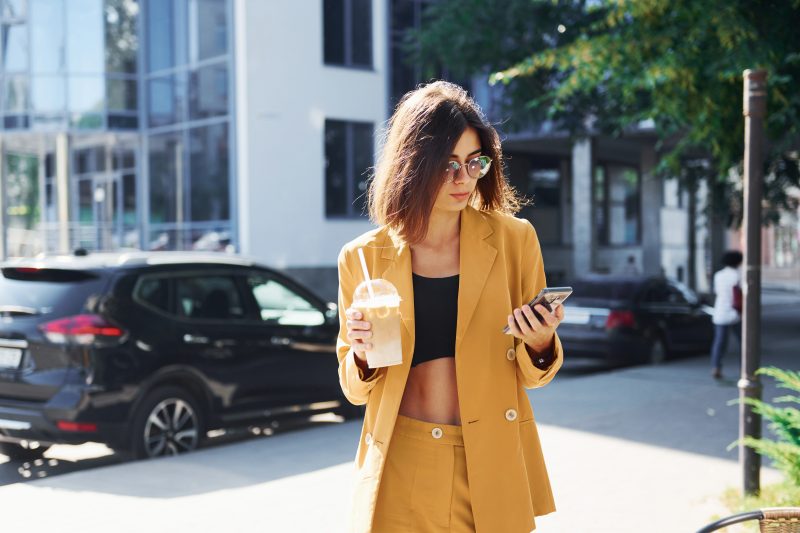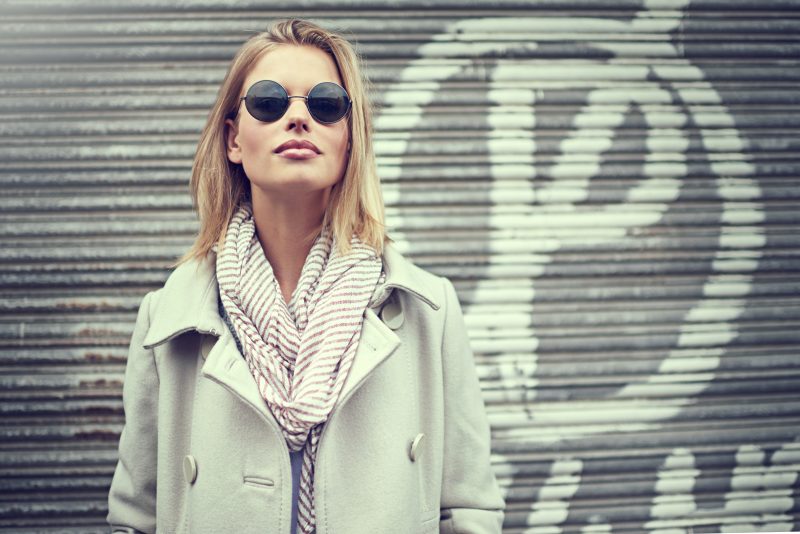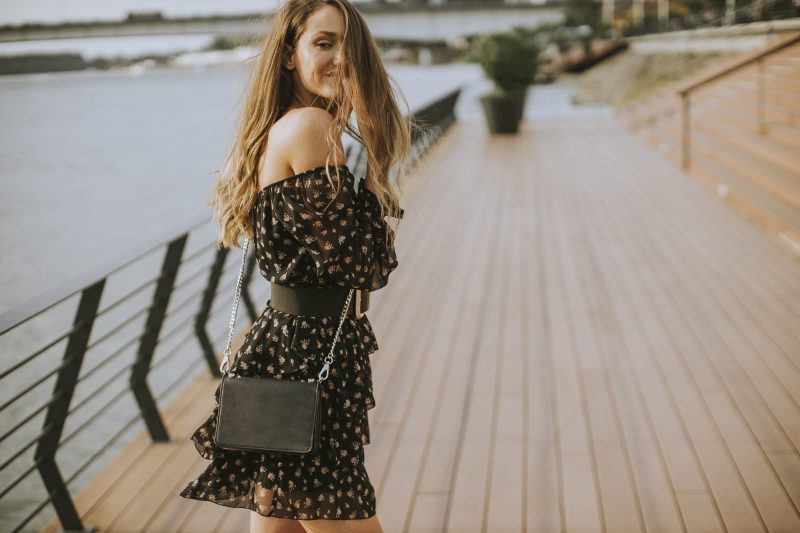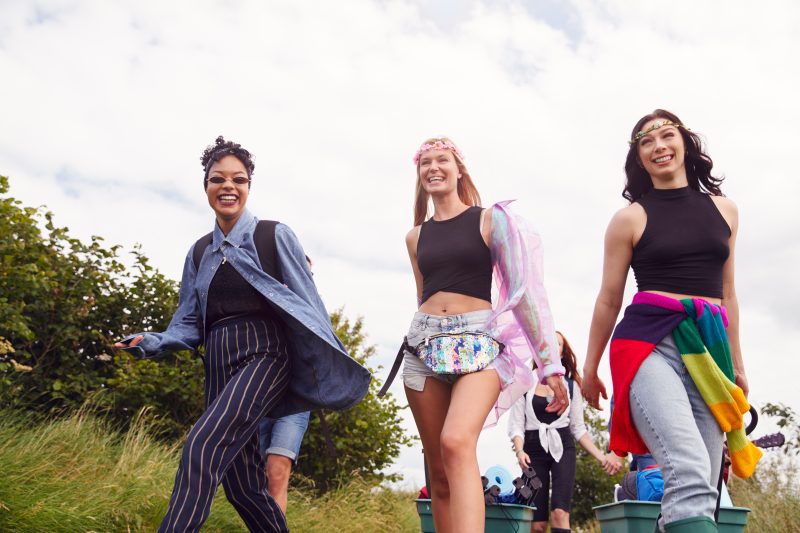The taxi driver looked at me in his rearview mirror with an expression that mixed pity with amusement. “You’re not from around here, are you, love?” he asked, eyeing my outfit. I was wearing what I considered a perfectly reasonable “going out” ensemble for a Friday night—black jeans, a silky top, and ankle boots—but apparently, in Newcastle in January, this marked me as clearly not a local as if I’d been wearing a sandwich board saying “SOUTHERNER ABROAD.”
“What gave it away?” I asked, already knowing the answer.
“You’re wearing a coat, for starters,” he laughed. “And you’ve got about four more layers on than our lasses wear for a night out round here.”
He wasn’t wrong. As we pulled up to the bar, I watched groups of Geordie women navigating the pavement in strappy dresses and open-toed heels, seemingly immune to the minus-two temperature and light snowfall. Meanwhile, I was bundled up like I was embarking on an Arctic expedition rather than a night out in the Bigg Market.
That was my first lesson in the dramatic regional variations of British nightlife attire. I’ve since conducted more thorough research—if by “research” we mean “gone out drinking in various British cities and stared at people probably more than is socially acceptable.
” What I’ve discovered is that you can often place a British woman geographically by her going-out outfit more accurately than by her accent.
Let’s start in the North East, specifically Newcastle, which might be the most distinctive going-out uniform in the entire country. The typical Newcastle night out outfit is practically institutional in its consistency: a short, bodycon dress (often in a bright color or with some sparkly element), extremely high heels, immaculate fake tan, precision-applied makeup that’s visible from space, and elaborately styled hair. The standout feature, though, is the aforementioned weather-defying minimalism—coats are for the weak, tights are barely tolerated even in deepest winter, and goosebumps are a badge of honor.
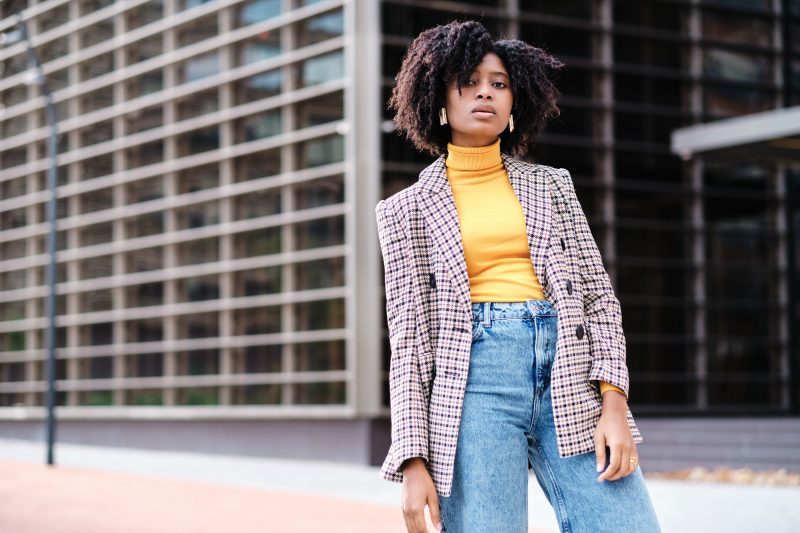
My Geordie friend Lindsey explains the psychology behind this distinctive look: “It’s partly tradition—your mam dressed like this to go out, so you do too. But it’s also about showing you’re up for a good time. Making an effort is respected here. Turning up underdressed seems like you can’t be bothered, which is worse than being cold for a bit.”
The “bit” she refers to is the brief dash between taxi and venue, as Newcastle’s nightlife operates on a careful ecosystem of minimal outdoor exposure. “You’re rarely outside for more than a minute or two, and the bars are always roasting,” she points out. “A coat would just be another thing to lose or pay to check in.”
Travel west to Liverpool, and you’ll find an equally glamorous but slightly different approach. Liverpudlian women are famous for their polished looks, but there’s more experimentation with fashion-forward trends than in Newcastle. While still favouring fitted silhouettes, Liverpool’s going-out attire often incorporates whatever high-street trend is current—be it jumpsuits, coordinating sets, or statement sleeves—executed with the meticulous attention to detail the city is known for.
“In Liverpool, looking ‘done’ is the baseline, not the exception,” explains Sophia, who grew up in the city. “Hair, nails, tan, lashes—the full works. But we’re also early adopters. If a new trend hits ASOS, you’ll see it on Mathew Street the next weekend.” She also notes that Liverpool women tend to be more seasonal in their choices than their Newcastle counterparts: “We’ll still dress up in winter, but you’ll see more jumpsuits, trousers with nice tops, and even smart jackets. It’s glamorous but not completely impractical.”
Manchester offers yet another northern variation—more urban, more influenced by the city’s musical heritage and creative industries. While still more dressed-up than southern cities, Manchester’s nightlife aesthetic incorporates more black, more alternative influences, and a slightly edgier approach that reflects the city’s indie roots.
“Manchester has this unique mix of glamour and cool,” says my friend Tasha, who moved from London to Manchester five years ago. “You’ll see plenty of dresses and heels, but mixed with vintage pieces, Dr. Martens, or unexpected accessories. There’s less uniformity than in Newcastle or Liverpool—it’s about individual style with attitude.”
This is particularly true in areas like the Northern Quarter, where the going-out uniform might include high-waisted jeans, crop tops, vintage band t-shirts repurposed as evening wear, and chunky boots. In contrast, the Spinningfields area attracts a more polished crowd, with outfits that wouldn’t look out of place in Liverpool—bodycon dresses, heels, and a full face of makeup.
Heading into Yorkshire, Leeds follows a similar pattern to Manchester—a mix of traditional northern glamour in areas like Call Lane, with more alternative styles around the university and Belgrave Music Hall. Sheffield, with its strong student population, skews slightly more casual, with vintage and independent boutiques influencing a more eclectic going-out wardrobe.
“Sheffield doesn’t have the pressure to be as dressed up as other northern cities,” my Sheffield-born flatmate Tom observes. “It’s more relaxed. You can wear jeans and a nice top to most places and not feel underdressed.” That said, the traditional northern night out aesthetic is still visible in specific venues, particularly those catering to an older or less student-heavy crowd.
Cross the Pennines to the North West, and Blackpool represents perhaps the purest distillation of the classic northern night out aesthetic—short, tight, bright, and meticulously accessorized. As a destination for hen and stag parties, Blackpool’s nightlife scene encourages maximalism in all forms. “No one goes to Blackpool for a quiet, understated night,” laughs my friend Deena, who grew up nearby. “The outfits match the energy—loud, fun, and not taking themselves too seriously.”
Moving down to the Midlands offers an interesting transition zone between northern and southern styles. Birmingham’s going-out attire varies dramatically by area—Broad Street embraces the full-glam approach similar to northern cities, while areas like the Custard Factory or Digbeth showcase a more alternative, creative aesthetic.
Nottingham, with its large student population, displays similar variety. The standard “jeans and a nice top” uniform that dominates much of the country is well-represented here, but certain venues still call for the full dress-and-heels treatment. The Lace Market area tends toward a more sophisticated look, while student areas embrace a more experimental, trend-driven approach.
And then we reach the South, where the going-out uniform undergoes its most dramatic transformation. London, with its countless microcultures and neighborhoods, defies any single definition, but certain patterns emerge. The most striking difference from northern cities is the relative casualness—the deliberate impression that less effort has been made, even when the opposite is true.
“London going-out wear is all about looking like you haven’t tried too hard, while actually trying very hard in a different way,” explains my friend Imani, a born-and-bred Londoner. “It’s not about obvious glamour—it’s about the right vintage piece, or the interesting designer item, or the perfect ‘understated’ look that actually cost a fortune.”
This translates to what might look to northern eyes like simply “nice clothes” rather than specific going-out attire—jeans with a good top and interesting shoes, midi dresses with trainers, vintage pieces mixed with contemporary items, and a generally more covered-up approach. Makeup tends to be either minimal or conceptual rather than traditionally glamorous, and hair is more likely to be artfully undone than precisely styled.
That’s not to say more dressed-up looks don’t exist in London—areas like Mayfair or Chelsea showcase a high-end, polished glamour, while places like Dalston or Peckham have their own distinctive codes that involve carefully curated vintage, independent designers, and a studied rejection of mainstream trends.
The further southeast you go, the more this casual approach prevails. Brighton takes London’s studied casualness and adds an extra layer of bohemian influence and sustainable consciousness. “In Brighton, the worst thing you can do is look too ‘done,'” says my friend Leila, who moved there from Manchester. “The ideal is to appear effortlessly cool, preferably in something vintage or from a local independent shop rather than a chain.”
This might mean vintage jeans with an interesting top, a non-obvious dress with chunky boots, or layered separates that create a distinctive silhouette. Fast fashion is judged more harshly here than in most British cities, with visible sustainability credentials (vintage, second-hand, or ethical brands) adding social currency to outfits.
Bristol follows a similar pattern, with its strong creative community influencing a going-out aesthetic that values individuality over traditional glamour. “There’s definitely a Bristol ‘look’,” explains my friend Meena, who’s lived there for a decade. “It’s a bit 70s-influenced, a bit alternative, never too polished. Think high-waisted jeans, interesting tops, chunky boots or trainers, and always, always layers because the weather is so unpredictable.”
Exeter and Bath, despite their student populations, maintain a slightly more conservative going-out aesthetic than Bristol or Brighton—smart casual rather than deliberately alternative, with fewer fashion risks but still a general rejection of northern-style obvious glamour.
Cardiff brings its own distinctive flavor, with going-out outfits that sit somewhere between northern glamour and southern casualness. “Cardiff women make an effort, but there’s less pressure than in somewhere like Newcastle,” my Welsh friend Rhian explains. “You’ll see dresses and heels, but also plenty of ‘jeans and a nice top,’ especially in more student-heavy areas.”
The Scottish cities have their own variations too. Edinburgh, with its architectural grandeur and festival culture, encourages a slightly more formal approach than many English cities of similar size. “There’s an elegance to Edinburgh nightlife that influences what people wear,” says my Scottish friend Isla. “Not necessarily super dressed-up, but certainly put-together—nice dresses, good coats (because it’s always freezing), proper shoes.”
Glasgow, by contrast, embraces a more experimental, fashion-forward approach that reflects its reputation as Scotland’s cultural hub. “Glasgow has really distinctive style,” Isla continues. “There’s more edge, more willingness to try trends, more creative mixing of high street, vintage, and sometimes designer. People take fashion risks here that they might not in Edinburgh.”
Belfast follows yet another pattern, with a vibrant nightlife scene that generally favors traditional glamour—dresses, heels, full makeup—but with more weather-appropriate concessions than seen in Newcastle or Liverpool. “Belfast women like to dress up, but we’re practical about it,” explains my friend Siobhan. “You’ll see more tights in winter, more jackets, but still a proper effort underneath.”
Beyond these broad regional patterns, age creates another overlapping dimension of variation. The traditional short-dress-and-heels uniform is predominantly worn by women in their late teens to early thirties, with a gradual transition to more covered-up looks with age. The “jeans and a nice top” formula extends across a much wider age range, adapted with different styles of jeans and progressively less revealing tops as women get older.
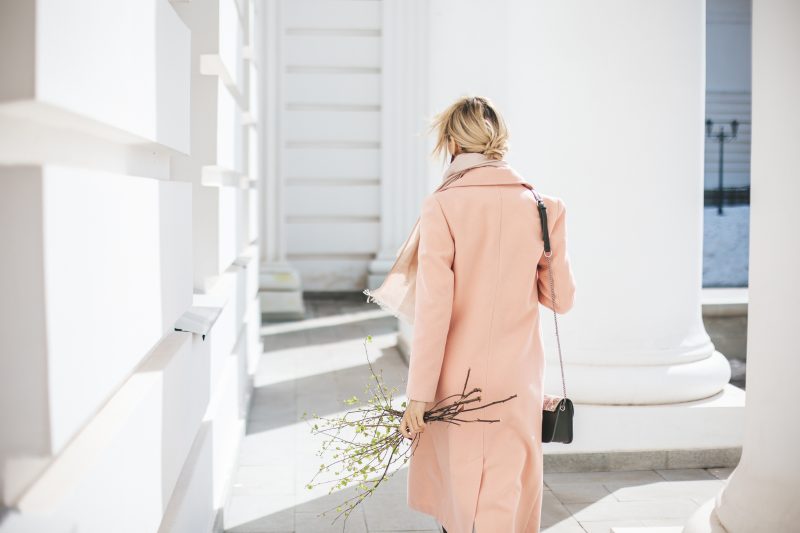
Venue type obviously plays a significant role too. Even in Newcastle, women will dress differently for a cocktail bar versus a club versus a pub. The traditional high-glamour look is most associated with mainstream clubs and bars, while pubs allow for a much more casual approach nationwide. Live music venues have their own dress codes too, often influenced by the genre of music—more alternative for indie, more flamboyant for pop, more dramatic for rock.
The fascinating thing about these regional variations is how persistent they remain despite the homogenizing influence of social media and national retail chains. You might wonder why, in an age where we all follow the same influencers and shop at the same online retailers, such distinctive local styles continue to thrive.
Part of it is social reinforcement—you dress to fit in with the people you’re going out with, who are likely from the same area with similar influences. Part of it is practical—climate and typical travel methods influence outfit choices more than we might realize. Northern cities with concentrated nightlife districts make the brief dash from taxi to venue feasible even in minimal clothing, while London’s more dispersed scene often involves longer walks or public transport journeys that necessitate more practical choices.
But perhaps most importantly, these regional going-out uniforms have become part of local identity and pride. Geordie women known for braving the cold in tiny dresses see this as a badge of honor rather than an inconvenience. Liverpudlian women’s meticulous grooming is a celebrated cultural trademark. London’s studied casualness is as much a statement about values and cultural positioning as it is about fashion preference.
As someone who’s lived in multiple British cities, I’ve found myself adapting my going-out wardrobe to each new location—adding more color and making more effort in Manchester, embracing a more casual but deliberate approach in London, experimenting with vintage in Bristol. It’s a fascinating exercise in social adaptation, one that reveals how much we use clothing not just for individual expression but for community belonging.
So if you’re planning a night out in an unfamiliar British city, my advice is simple: check the local uniform before packing. Your London-appropriate jeans and vintage top might leave you feeling underdressed in Newcastle, while your Liverpool-ready bodycon dress and heels could mark you as an obvious outsider in Brighton. Or do as I now do when visiting Newcastle—pack your skimpy dress, but wear your coat to the venue’s door, where you can check it with a knowing nod to the local customs. Just don’t forget your taxi fare home—no outfit, regional or otherwise, is worth getting frostbite for.
